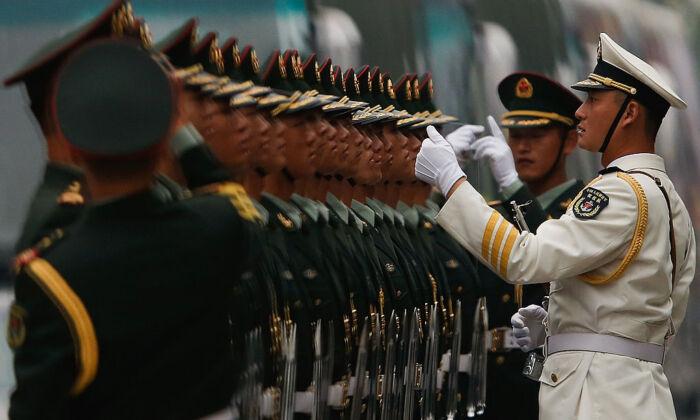As Washington keeps a wary eye on China’s recent military activities around Taiwan, another security threat is gathering strength closer to U.S. borders.
U.S. Southern Command Army Gen. Laura Richardson told the committee that China’s activities are a “relentless march” targeting United States hegemony in the Western Hemisphere.
“This is a risk we can’t accept or ignore,” Richardson said.
Three of these are ruled by entrenched socialist or anti-U.S. regimes.
Technological expansion also factors into Beijing’s approach to regional dominance, which has significant military applications.
“The first risk has already materialized in the sense that China’s intelligence gathering is far more widespread, advanced, and successful than anyone is willing to publicly acknowledge. The next concern is how that raw intelligence will become actionable,” Irina Tsukerman, security analyst and founder of Scarab Rising, told The Epoch Times.
Tsukerman noted the extremely advanced stage of China’s tech investments in Latin America demonstrates ambition beyond mere “debt-trap diplomacy.” She says Beijing’s regional tech platforms have security implications that support its growing infrastructure network, undermining U.S. security interests.
“While lithium is most closely associated with EVs, it is also an element present in military technology. So China’s interest in monopolizing the lithium extraction can be seen as another step towards controlling the military adjacent markets.”
Between 2018 and 2020, China reportedly invested $16 billion in mining projects within South America’s lithium triangle, which holds an estimated 56 percent of the world’s supply.
But the threat from China’s tech is already in America’s backyard. Air Force Gen. Glen VanHerck—head of the U.S. Northern Command—noted that Beijing currently provides 80 percent of Mexico’s telecommunications.

China’s tech influence in the region includes Huawei’s expansive communications network. The company’s vast coverage across Latin America, while praised by local governments, has been widely condemned by U.S. officials and civil rights groups, citing data privacy and security concerns.
Gifts That Keep Giving
On Feb. 10, China’s ambassador to Panama, Wei Qiang, presented 6,000 ballistic vests and 6,000 tactical helmets to the country’s Ministry of Public Security. Additionally, Panama’s border security, navy, air force, and national police received gifts, including thousands of helmets and bulletproof vests.The noteworthy donation of security equipment is one of China’s signature moves: handouts to underfunded defense services in Latin America.
But some experts say Beijing’s “gifts” are only given with one hand. They aim to take something with the other.

“The PRC [People’s Republic of China] doesn’t just gift military equipment out of the goodness of their hearts. It’s about creating opportunities,” Evan Ellis, a research professor of Latin American studies at the U.S. Army War College Strategic Studies Institute, told The Epoch Times.
While he doesn’t believe China’s defense relations in the region are formal, Ellis says there’s value in maintaining a peripheral military presence in Latin America. A secure base of operations in the West would be important should a conflict ever develop with the United States.
Ellis said China’s delivery of military hardware and security-related donations have “long-term utility in defense relations.”
Through All Lenses
Since March, U.S. officials have attempted to quell public fears over a potential CCP invasion of Taiwan, despite the biggest American military build-up in the nearby Philippines since the Cold War.The reassurances have rung hollow for many, especially after the CCP’s March 4 announcement of a 7 percent increase in their annual defense budget. China has the second-largest military budget in the world, topping $224 billion this year. For perspective, that’s around double the amount Beijing spent on defense in 2013.
Ellis says Latin America plays a pivotal role in China’s defense strategy. One of these includes the possibility of putting U.S. assets at risk in the event of a broader global conflict.

“I have no doubts they’re thinking about what they could do in Latin America if they had to go to war today,” he said, adding, “You have to look at everything not only through a peacetime lens, but also a wartime lens.”
So what can account for China’s 7 percent military budget increase this year? The expanding CCP defense platform in Latin America may be a factor.
Though Ellis assures Beijing’s not-so-secretive approach to undermining U.S. security interests in the Americas has not gone unnoticed.
“I’m not the first person who works for DoD to be aware of potential Chinese options and vulnerabilities. These are threats U.S. military planners are aware of,” he said.





